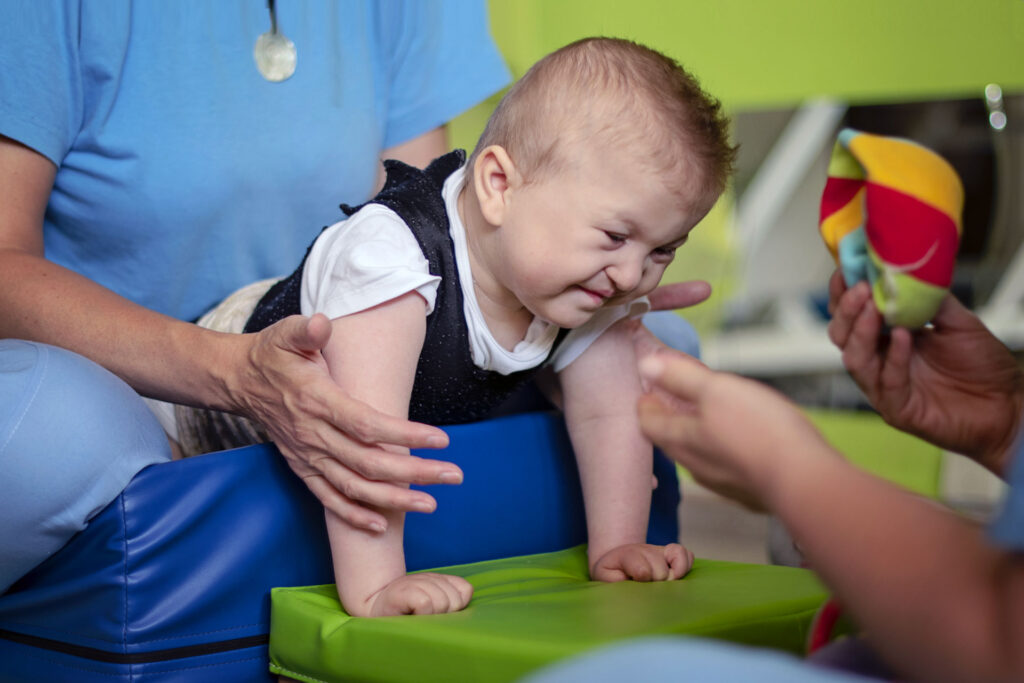Cerebral palsy is a neurological disorder affecting movement, coordination, and posture, caused by damage to the brain before, during, or after birth. Physical therapy for cerebral palsy is often the first step in its treatment. It can assist strengthen motor skills and keep mobility difficulties from worsening over time. Physiotherapy for children in Ireland employs strength and flexibility exercises, heat treatment, massages, and specialized equipment to increase the independence of children with cerebral palsy.
The extent to which physical therapy can aid varies according to the severity and kind of cerebral palsy. Children with lesser instances of CP may just require physical therapy to be treated. It may be used in conjunction with other treatments or drugs in more severe situations. Starting physical treatment as soon as possible provides children the best chance of improving.
Physiotherapy for cerebral palsy begins with a thorough assessment of the individual’s current level of function. During this assessment, the physiotherapist will evaluate the individual’s strength, range of motion, balance, coordination, reflexes, and posture. This information will be used to develop a personalized treatment plan to address the individual’s specific needs.
The goals of physiotherapy are to improve the individual’s ability to move, work on muscle strength and endurance, improve balance and coordination, and increase the ability to perform activities of daily living. In order to attain these objectives, the physiotherapist may use a variety of techniques, including:
• Strengthening exercises: These exercises involve a combination of stretching, range of motion, and strengthening exercises to improve muscle strength and endurance.
• Balance and coordination exercises: These exercises help to improve balance, coordination, and posture.
• Range of motion exercises: These exercises help to improve flexibility, range of motion, and joint mobility.
• Postural alignment exercises: These exercises help to improve posture, reduce pain, and prevent deformity.
• Assistive devices: Assistive devices, such as canes, walkers, and wheelchairs, can help to improve mobility and independence.
• Orthotic devices: Orthotic devices, such as braces and splints, can help to improve alignment and reduce deformity.
• Aquatic therapy: Aquatic therapy can help to improve strength, coordination, balance, and range of motion.
• Therapeutic recreation: Therapeutic recreation can help to improve coordination, social interaction, and overall quality of life.
In addition to these physical treatments, the physiotherapist may also recommend lifestyle modifications, such as diet and nutrition, to help improve overall health and well-being.
Physiotherapy for cerebral palsy is one of the most important forms of treatment for individuals with cerebral palsy, as it can help to improve posture, balance, coordination, strength, and overall function. When looking for Physiotherapy Therapy for children in northern Ireland and Uk, one should opt for skilled, experinced and licensed therapist to get effective treatment through it.
Physiotherapy can help individuals with cerebral palsy to improve function, reduce pain, and increase independence. It is important to work with a skilled and experienced physiotherapist to develop an individualized treatment plan. With the right treatment plan, individuals with cerebral palsy can lead active and fulfilling lives.

